Introduction
When it comes to flavoring your favorite dishes, not all herbs are created equal. One of the most common culinary confusions lies between Mexican oregano and its more familiar cousin, regular oregano. Both share a name and some similar traits, but dig a little deeper and you’ll find a world of difference—literally!
What Exactly Is Oregano?
Oregano is a staple in kitchens around the world. Known for its earthy, slightly spicy aroma, it’s used to season everything from pasta sauces to grilled meats. But when you see labels like “Mexican oregano” or “regular oregano,” what do those terms really mean? Let’s break down these two popular varieties and uncover their unique flavors, uses, and origins.
Mexican Oregano vs Regular Oregano: A Side-by-Side Comparison
At first glance, Mexican oregano and regular oregano might look like siblings in a spice rack lineup. But once you start exploring their flavor profiles, plant families, and culinary applications, things get interesting fast.
| Feature | Mexican Oregano | Regular Oregano |
|---|---|---|
| Scientific Name | Lippia graveolens | Origanum vulgare |
| Flavor Profile | Citrusy, Earthy, with hints of licorice | Earthy, Peppery, Minty |
| Plant Family | Verbenaceae (Verbena family) | Lamiaceae (Mint family) |
| Common Use | Mexican cuisine, chili, adobo | Mediterranean dishes, pizza, tomato sauces |
| Heat Tolerance | Better withstands long cooking times | Loses potency faster when cooked |
| Aroma | Woody and herbal with citrus notes | Strong and pungent, almost mint-like |
Why Does This Difference Matter?
If you’re making a traditional Italian marinara sauce, using Mexican oregano instead of the regular kind could change the entire flavor profile. Likewise, if you’re preparing authentic mole or tacos al pastor, regular oregano just won’t cut it. Understanding the nuances can elevate your cooking from good to great.
The Science Behind the Flavor
Let’s dive into what makes these two herbs taste so different. The answer lies in their essential oils.
- Mexican oregano contains high levels of carvacrol and thymol, which give it a warm, clove-like note.
- Regular oregano is rich in terpinene and linalool, contributing to its fresher, more minty aroma.
This chemical distinction means that even though both are called “oregano,” they play very different roles in the kitchen.
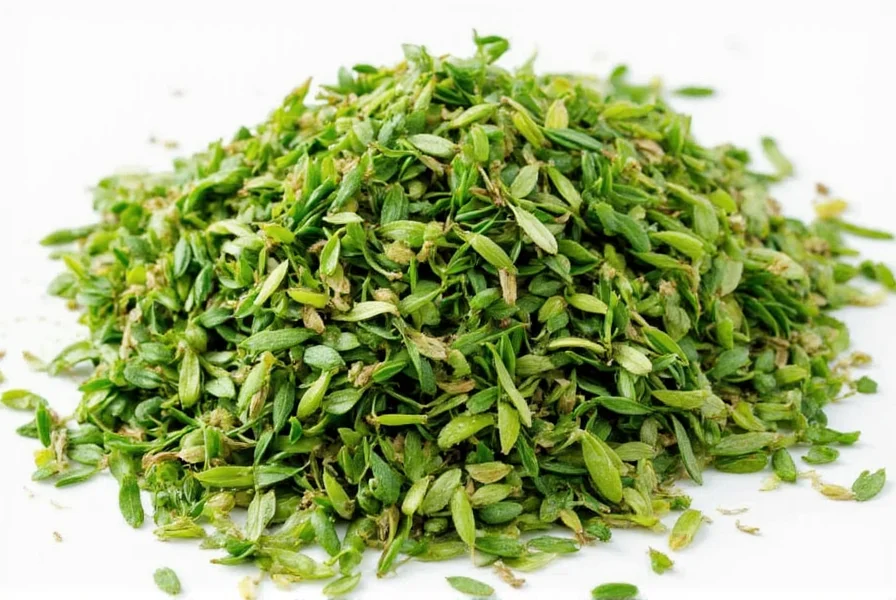
Taste Test: Which One Comes Out on Top?
It’s time to put them head-to-head in a culinary showdown:
- Mexican oregano shines in bold, smoky dishes like chili con carne, enchiladas, and barbacoa beef.
- Regular oregano thrives in lighter, tomato-based dishes such as spaghetti sauce, Greek salads, and focaccia bread.
Where Do They Come From?
As their names suggest, each variety has deep roots in different parts of the world:
- Mexican oregano is native to the southwestern U.S., Mexico, and Central America. It thrives in hot, dry climates.
- Regular oregano hails from the Mediterranean region, particularly Greece and Italy. It prefers mild, temperate conditions.
These geographical differences also influence how each herb is grown, harvested, and dried—factors that ultimately affect flavor intensity and shelf life.
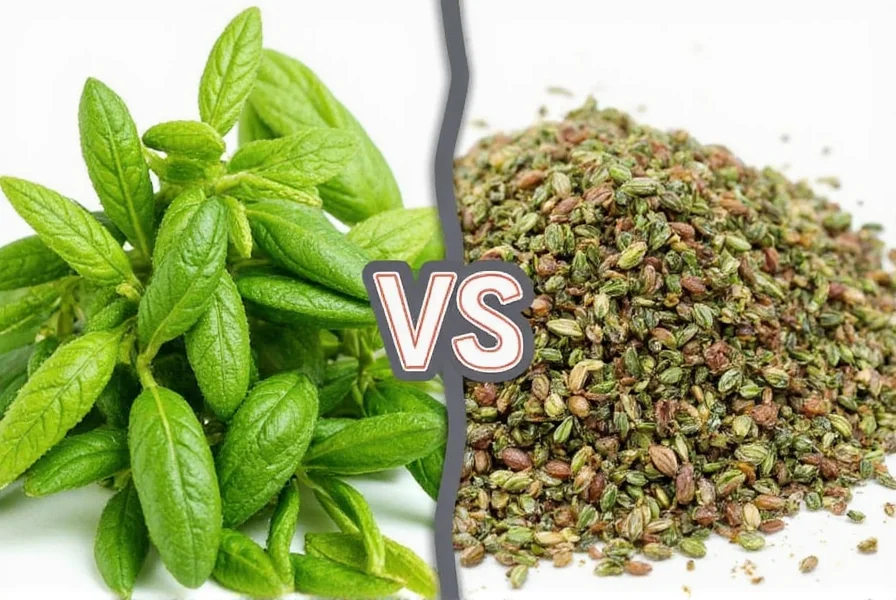
Cooking Tips: Substitutions and Uses
So, what do you do if you're out of one type and need to make a substitution? Here's a quick guide:
- If you don't have Mexican oregano: Try marjoram or epazote for a closer flavor match. Avoid using regular oregano—it will throw off the dish.
- If you don't have regular oregano: Basil or thyme can work in a pinch. If you absolutely must use Mexican oregano, use half the amount and proceed with caution.
Storage and Shelf Life
Proper storage helps preserve the aromatic oils and maintain potency:
- Dried oregano should be kept in airtight containers away from light and moisture.
- Fresh oregano can be refrigerated in a plastic bag or frozen in ice cube trays with oil for later use.
Mexican oregano tends to hold up better over time due to its robust nature, while regular oregano may lose its punch after 6–12 months.

Buying Guide: Choosing the Right Oregano
Whether you're shopping online or hitting the local market, here’s how to pick the best oregano for your needs:
For Mexican Oregano
- Product Name: La Costeña Mexican Oregano
- Features: Sustainably sourced from Mexico, finely ground for easy blending.
- Advantages: Strong aroma, ideal for simmered dishes and salsas.
- Use Cases: Enchiladas, moles, stews, and taco seasoning blends.
- Target Audience: Home cooks and professional chefs seeking authenticity.
- Suitable Occasions: Weekend grilling, Cinco de Mayo celebrations, family dinners.
For Regular Oregano
- Product Name: Simply Organic Italian Oregano
- Features: USDA certified organic, non-GMO, air-dried for maximum potency.
- Advantages: Mild yet distinct flavor perfect for Mediterranean dishes.
- Use Cases: Pizza, pasta sauces, Greek soups, and herb-infused oils.
- Target Audience: Italian food lovers, healthy eaters, and beginners.
- Suitable Occasions: Date-night dinners, casual weeknight meals, homemade gifts.
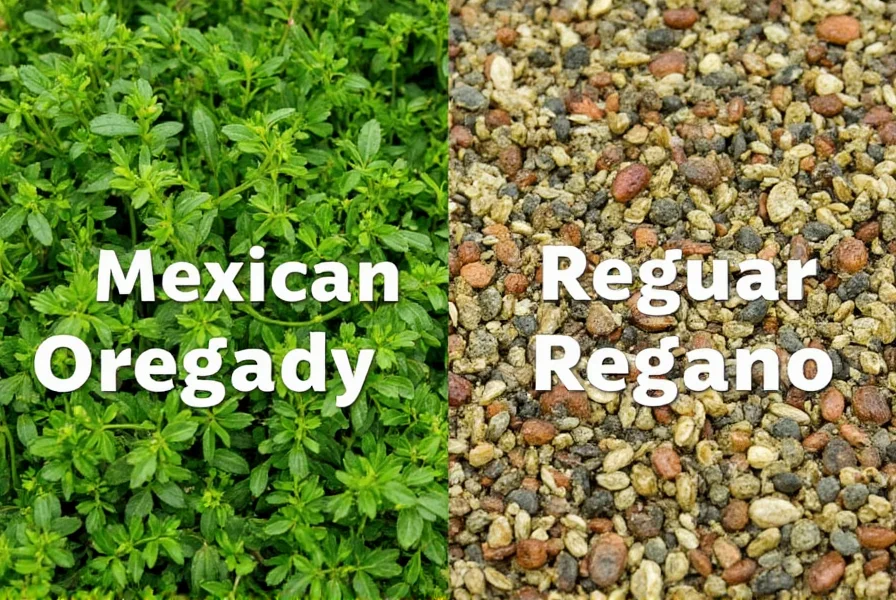
Chef’s Secrets: How Pros Use These Herbs
Here are some insider tricks from seasoned chefs who know the value of choosing the right oregano:
- Add Mexican oregano early in the cooking process to let its strong flavor meld with other spices.
- Use regular oregano toward the end of cooking to preserve its delicate aroma.
- Grow both types at home for fresh leaves during the growing season.
- Toast Mexican oregano lightly before using to unlock extra depth.
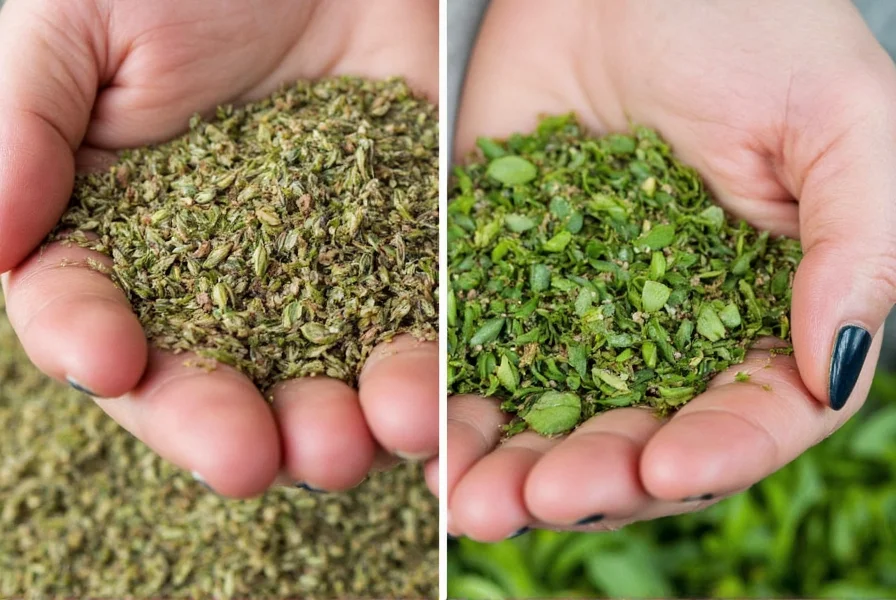
Closing Thoughts: Spice Up Your Life
Understanding the difference between Mexican oregano and regular oregano isn’t just trivia—it’s a powerful tool in your culinary arsenal. Whether you’re whipping up a batch of homemade salsa or roasting vegetables for Sunday dinner, knowing which herb to reach for can make all the difference.
Next time you're at the store or planning your garden, take a moment to consider where your oregano comes from—and what flavor magic it can bring to your plate.

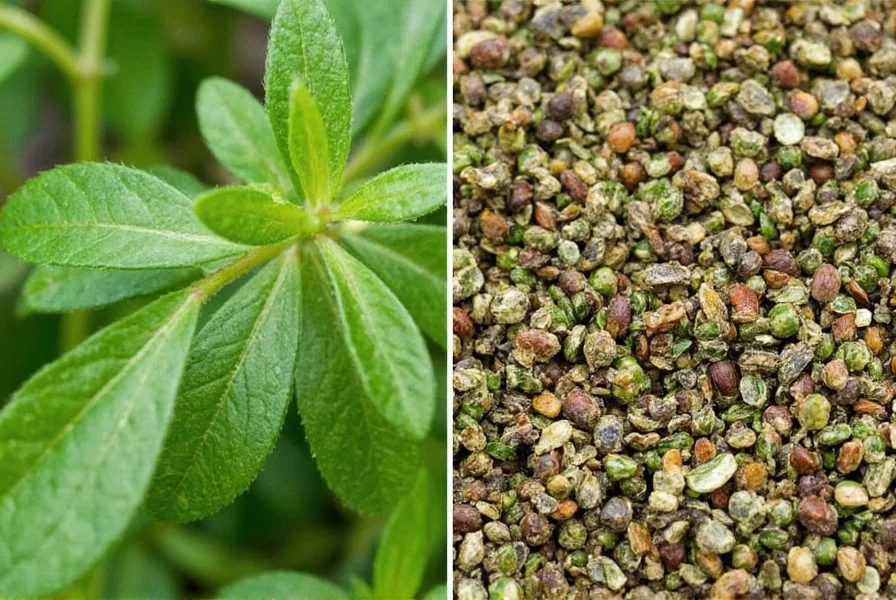









 浙公网安备
33010002000092号
浙公网安备
33010002000092号 浙B2-20120091-4
浙B2-20120091-4